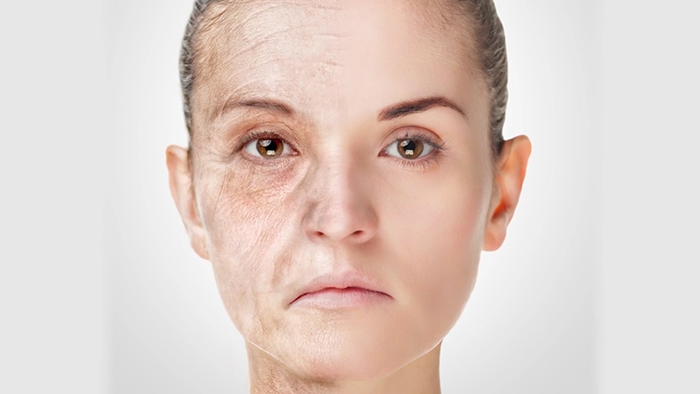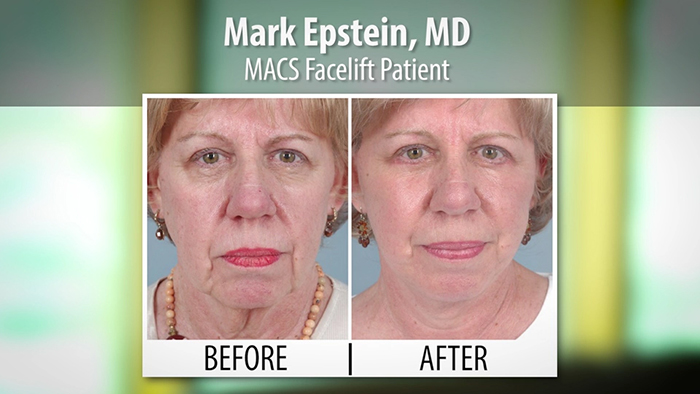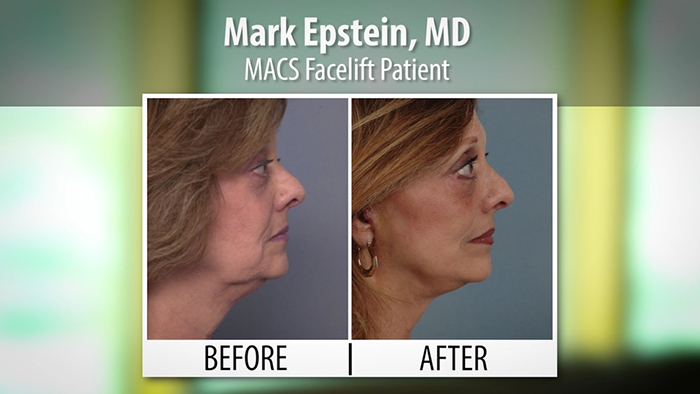Gone are the days of the pulled back, wind-tunnel effect facelift that could be spotted from across the room. Plastic surgeons today use innovative techniques they have developed to provide their patients with natural results and shorter recovery times.
by Anne Meyer
and Mark Epstein, MD
Which Technique is Right for Me?
The technique your surgeon decides to use is often determined not by your age, but by the quality of your skin and tissues, according to Dr. Mark Epstein of Stony Brook, New York. If you have quality tissues and skin, the incisions can be minimized using a short-scar facelift technique known as the Minimal Access Cranial Suspension or MACS lift. “When you have a patient with good tissue, you can do this procedure on someone in their 40’s or you could even do this procedure on someone in their 70s’ and 80’s,” shares Dr. Epstein.
Face “LIFT” not Face “PULL”
Traditionally, facelifts pulled the face horizontally to tighten the skin. The problem with this approach was the fact that our faces don’t fall forwards as we age, they fall down. “The beauty of this procedure is that it’s what we call a vertical lift,” explains Dr. Epstein. “The MACS facelift just brings everything upward, and it gives a much more natural look to the face, one that looks very unoperated.”
Natural Results that Last with MACS
Facelifts involve much more than just addressing loose, sagging skin on the surface. We all have layers of tissues below the skin that also descend with age, including fat and muscles. During facelift surgery, the surgeon repositions the tissues that exist below the skin, putting them back up where they used to be in youth. “With a MACS lift, you are taking the muscles and you are anchoring them to the tissue that lies right above the bone in the temple,” Dr. Epstein shares. “It’s a very solid anchor point and that gives a lot of support and longevity to the results.”
Less Downtime
The downtime after a MACS procedure is one of the least when compared to other facelift techniques. Dr. Epstein’s patients recover with very little discomfort and are able to comfortably and confidently return to public engagements much quicker than patients who undergo more traditional long-scar facelifts. He recently had one patient who underwent a MACS facelift just thirty days before her daughter’s wedding. Although Dr. Epstein wasn’t aware of the fast approaching event until after he had completed the operation, he happily reports that she recovered beautifully, and in plenty of time for the big day. “It’s a great procedure when you can’t afford a long downtime with prolonged swelling and discomfort,” he adds.
Less Risk of Complication
Surgery planning for any procedure involves understanding both the benefits and risks involved. “Facial nerve injury is a rare complication, but it’s something that we all want to avoid,” says Epstein. The MACS lift procedure has one of the greatest safety margins in terms of giving you the greatest degree of correction with the least risk of having a facial nerve injury.”



















Facebook
Twitter
Instagram
YouTube
RSS